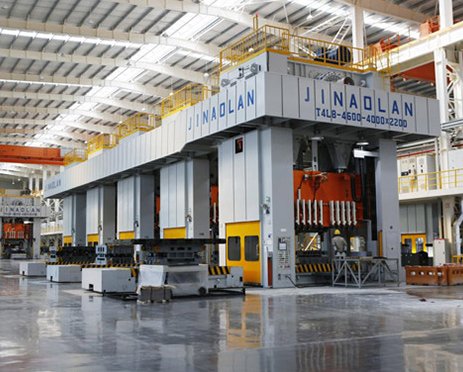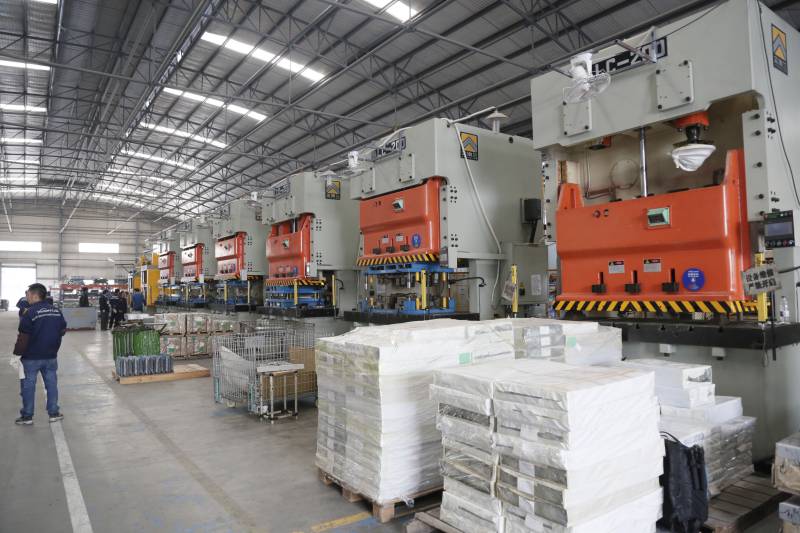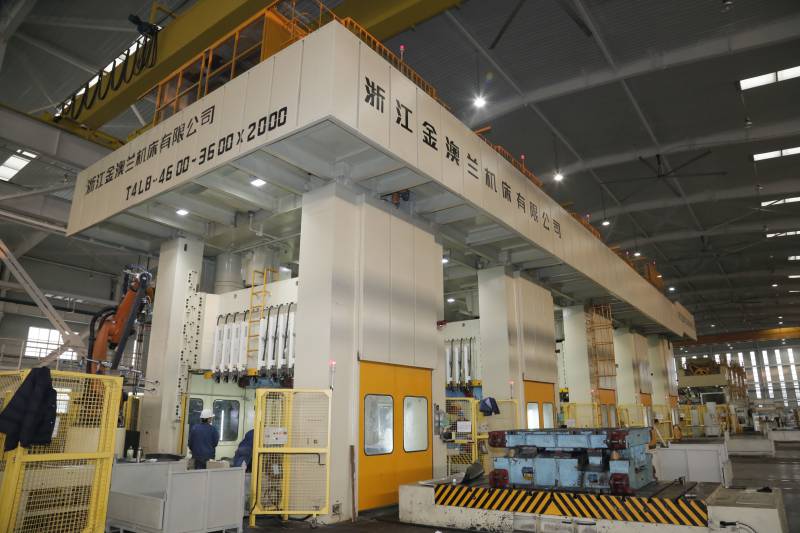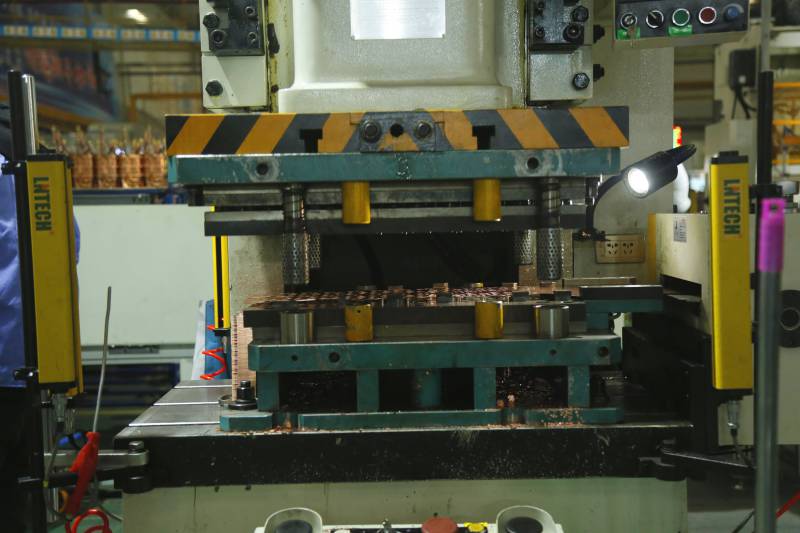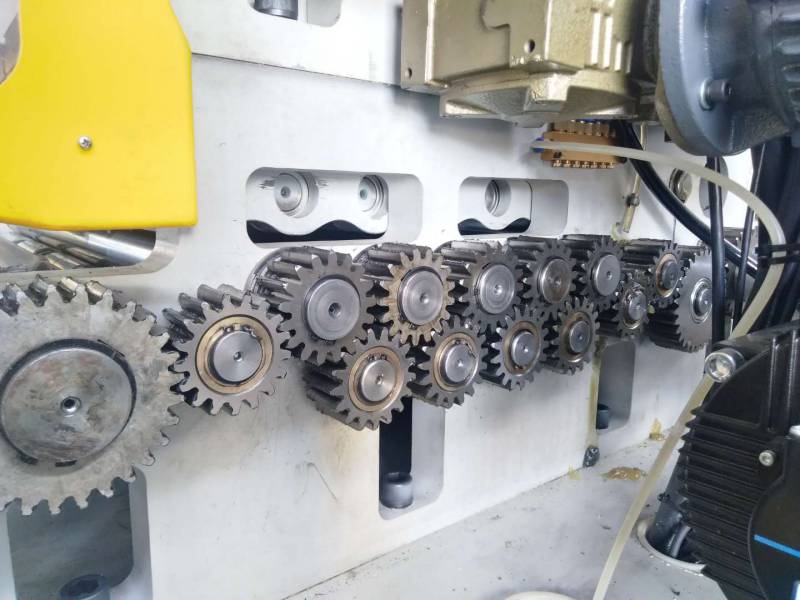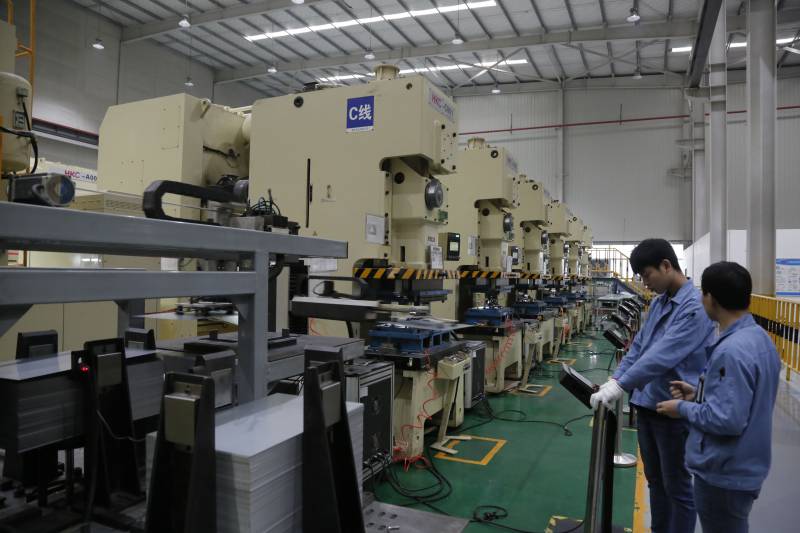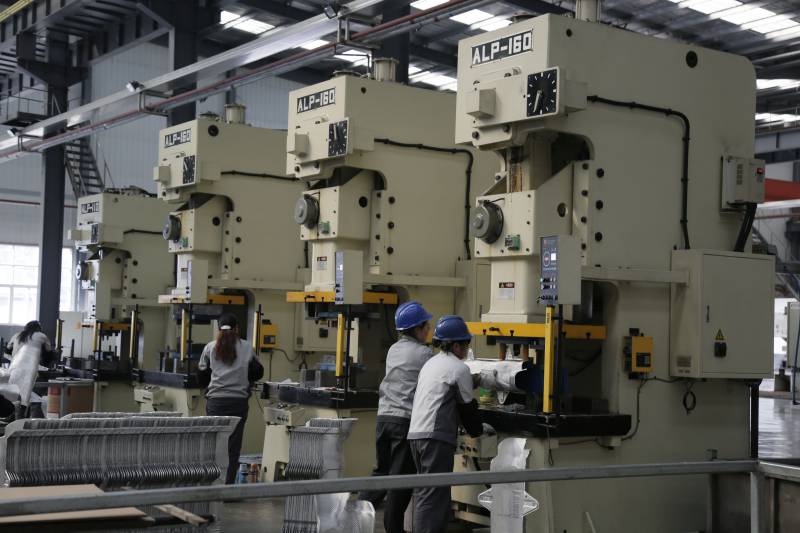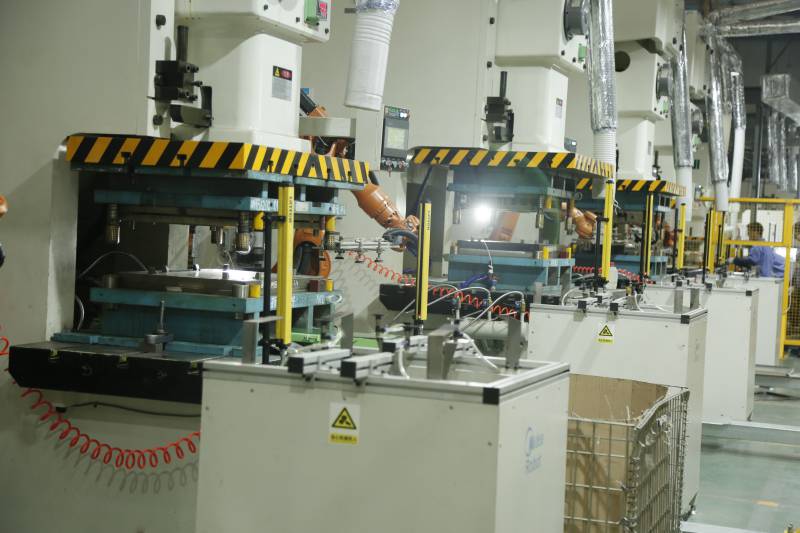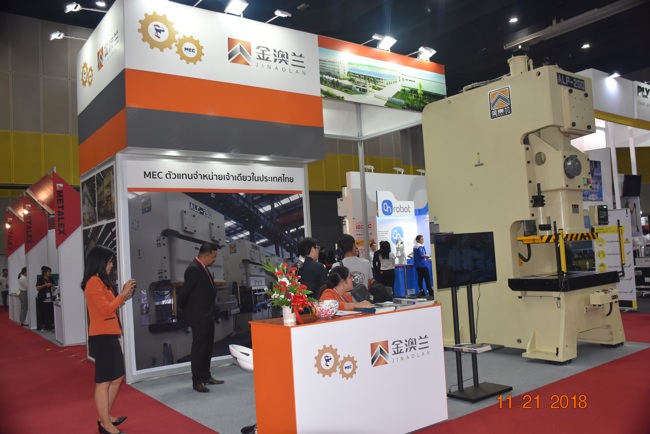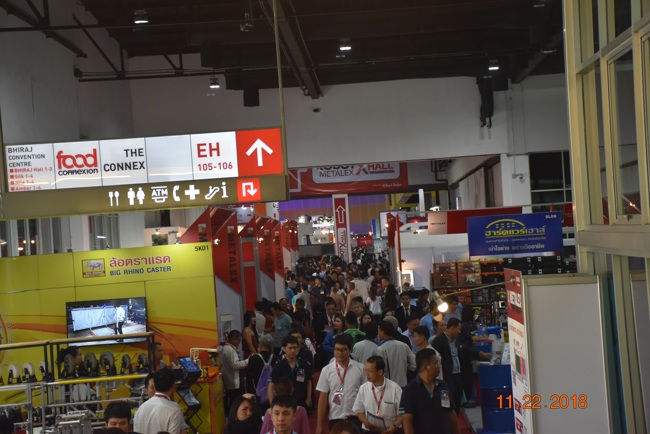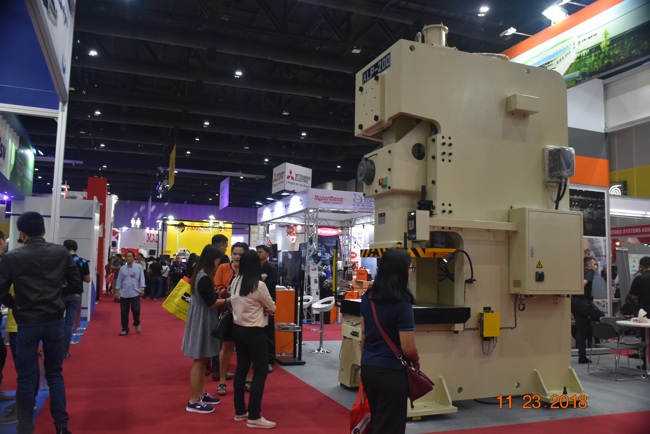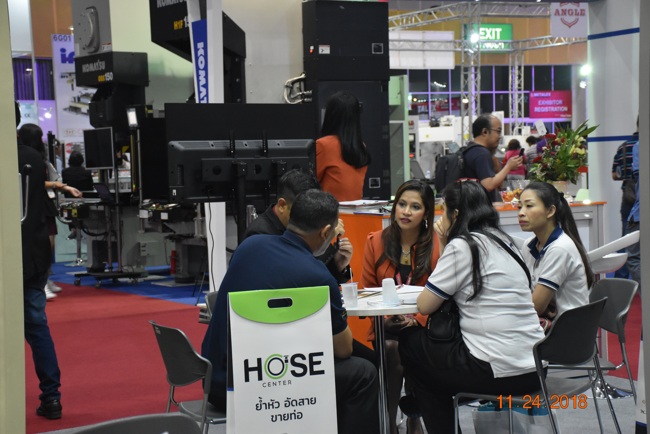In order to improve the performance of the mold, many vendors will the process mold properly. Mold processing refers to the molding and blocking tool processing, moreover also includes shear die and die cutting mould. But in many cases, the compound die manufacturing processing will also reflect the machining defects, causing mould performance degradation. How to reduce the compound die manufacturing defects? The following seven measures can reduce the compound die manufacturing defects.
1. choose and dress grinding wheel reasonably. the grinding wheel using white corundum is better. it is hard and brittle, and easy to produce the new cutting edge, so the cutting force is small, and the grinding heat is small. choosing medium granularity on granularity, such as 46 ~ 60 mesh. using soft and soft (ZR1, ZR2 and R1, R2). namely, coarse granularity, low hardness of the grinding wheel, good self excitation can reduce heat cutting. Of selecting the appropriate fine grinding wheel is very important. In view of the condition of the die steel with high vanadium high molybdenum, GD single crystal corundum grinding wheel is suitable. when processing hard alloy, high quenching hardness of materials,diamond grinding wheel with organic binder is preferred. The grinding wheel with organic binder has good self-grind ability, and the roughness of the grinded workpiece can reach Ra0.2μm. in recent years, with the application of new materials, CBN (cubic boron nitride) grinding wheel shows very good processing effect, which is better than other kinds of grinding wheels after finishing on CNC forming grinding machine, coordinate grinding machine and CNC internal and external cylindrical grinding machine. In the grinding process, attention should be paid to dressing the grinding wheel in time to maintain the sharpness of the grinding wheel. When the grinding wheel is passivated, it will slide on the surface of the workpiece and squeeze, causing burns on the surface of the workpiece and reducing its strength.
2. Use cooling lubricant reasonably and Play cooling, washing, lubrication of the three major roles. Maintain clean cooling lubrication, so as to control the grinding heat within the allowable range to prevent the thermal deformation of the workpiece. Improve the cooling condition during grinding, such as adopting measures like oil-sand immersion wheel or internal cooling wheel. By introducing cutting fluid into the center of the grinding wheel, cutting fluid can directly enter the grinding area and play an effective cooling role to prevent surface burns of the workpiece.
3. Reduced the quenching stress after heat treatment to the minimum. Because the quenching stress, network carbonized structure under the action of grinding force will trigger the phase change of the structure which is easy to make the workpiece crack. In order to eliminate the residual stress of high precision die grinding, low temperature aging treatment should be carried out after grinding to improve the toughness.
4. Grinding stress can also be eliminated by putting die in 260 ~ 315 ℃ of salt bath at 1.5 min, and then in 30 ℃ oil cooling. In this way, it can drop 1 HRC hardness, residual stress reduced by 40% ~ 65%.
5.For precision grinding of precision mold with dimensional tolerance within 0.01 mm, the influence of ambient temperature should be paid attention to, and constant temperature grinding is required. By calculating, the 300 mm long steel, in the condition of 3 ℃, the change is about 10.8 μm, (10.8 = 1.2 * 3 * 3, 1.2 mu per 100 mm deformation 1.2μm/℃). Various finishing processes are required to fully consider the influence of this factor.
6. Electrolytic grinding is adopted to improve mold manufacturing precision and surface quality. During electrolytic grinding, grinding wheel scraping oxide film rather than grinding metal. So the grinding force is small and grinding heat is small, which will not produce burr, crack, burn, with general surface roughness better than Ra0.16μm. In addition, the grinding wheel wear small. Take grinding hard alloy for example, the volume of silicon carbide grinding wheel wear is about 400% ~ 600% weight of the hard alloy grinding off , With electrolytic grinding, the volume of grinding wheel wear only 50% ~ 100% amount of hard alloy wear off.
7. reasonable choice of grinding amount. use the radial feed small fine grinding method or even fine grinding. If the radial feed and grinding wheel speed are appropriately reduced and the axial feed is increased, the contact area between the grinding wheel and the workpiece is reduced and the heat dissipation condition is improved, thus the increase of surface temperature can be controlled effectively.
